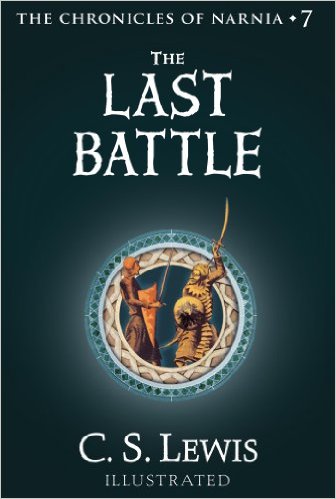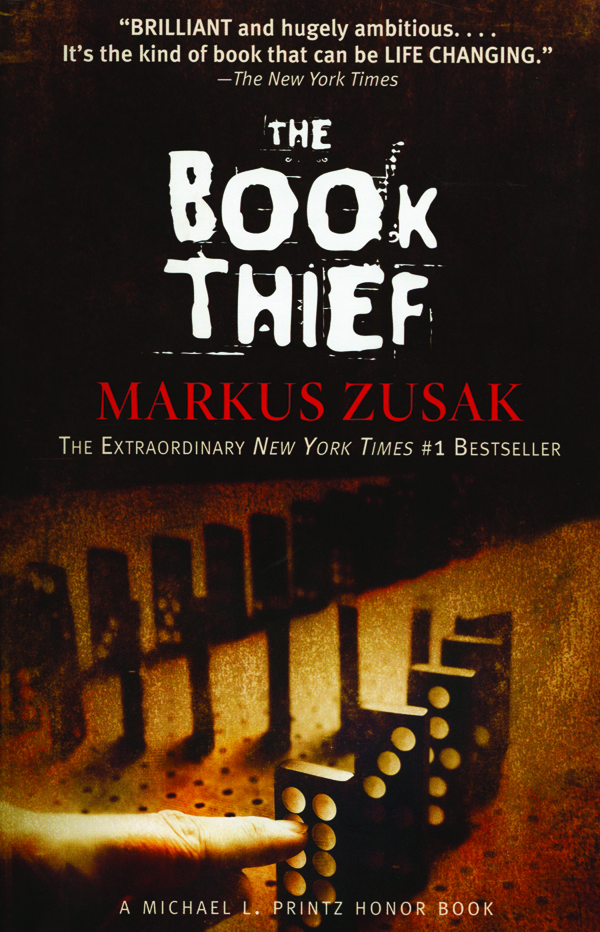The beginning of the end comes when a lion-skin washes ashore and the wicked ape Shift conceives a plan, making use of the innocent donkey Puzzle to deceive the good folks of Narnia. Pretending that Aslan has returned, Shift sells Narnia to their Calormene enemies and afflicts the talking beasts and trees and other magical creatures of the land with slavery, and deception.
Shift is the picture of cynical unbelief, exploiting the faith of those who believe in Aslan and blending it unnaturally with the Calormene god Tash (the difference between them being summarized in that Tash demands blood of his worshipers, while Aslan gave His blood for them). But Shift soon finds himself under the sway of cleverer and even more cynical villains, and soon the end of Narnia is at hand.
Not that some good people haven’t done their best to fight back. The good young man who is the last King of Narnia– Tirian by name– stays true to Aslan along with his unicorn friend Jewel, and a few other Narnians. Coming to his aid from our world are Eustace Scrubb and Jill Pole, for whom only a year’s time has passed though it has been centuries, as Narnia marks time, since last they visited. But these good people must fight an increasingly desperate battle with finally no hope but to die fighting.
All this is the heartbreaking part. Then comes the victory. After the heavens and the earth of the Narnian world are finally used up and the door is shut– and after Aslan judges the peoples of that world, separating those who hate him from those who love him– Tirian and Scrubb and Pole and the Pevensies and all good Narnians and friends of Narnia are reunited in the beautiful country that gets better and better as you go “farther up and farther in.” And they begin the real story in the real world, of which what has gone before has only been “Shadowlands.”
Where The Magician’s Nephew depicted the creation of Narnia, The Last Battle brings us to the end of that world, and what comes after it. And at one point Lewis dares to be almost perfectly clear on whom Aslan represents in our world (note Queen Lucy’s remark about the stable and what it contains). Without apologies, Lewis has simply translated Christian beliefs about the end times of our world– when the sides everyone takes in the last hopeless battle will reveal whom they are truly for— and what comes after death– into imagery and language that address the minds and hearts of young readers, fantasy-lovers, skeptics, and seekers after truth.
Some Christians may quibble a little at his explanation for how the Calormene youth named Emeth discovered that he had been seeking Aslan all his life, but the conclusion– “All find what they truly seek”– is inescapable. No allegory can ever be accurate to its true subject in all details. But here, at least, is a fitting end to the Narnian tales of fantasy, adventure, and spiritual growth: an end that can leave few dry eyes and unstirred hearts, and may even change the way you think, if (as might be) you read it simply to enjoy the fantasy.
This book won the 1956 Carnegie Medal, an annual British award that honors outstanding books for children and young adults.


